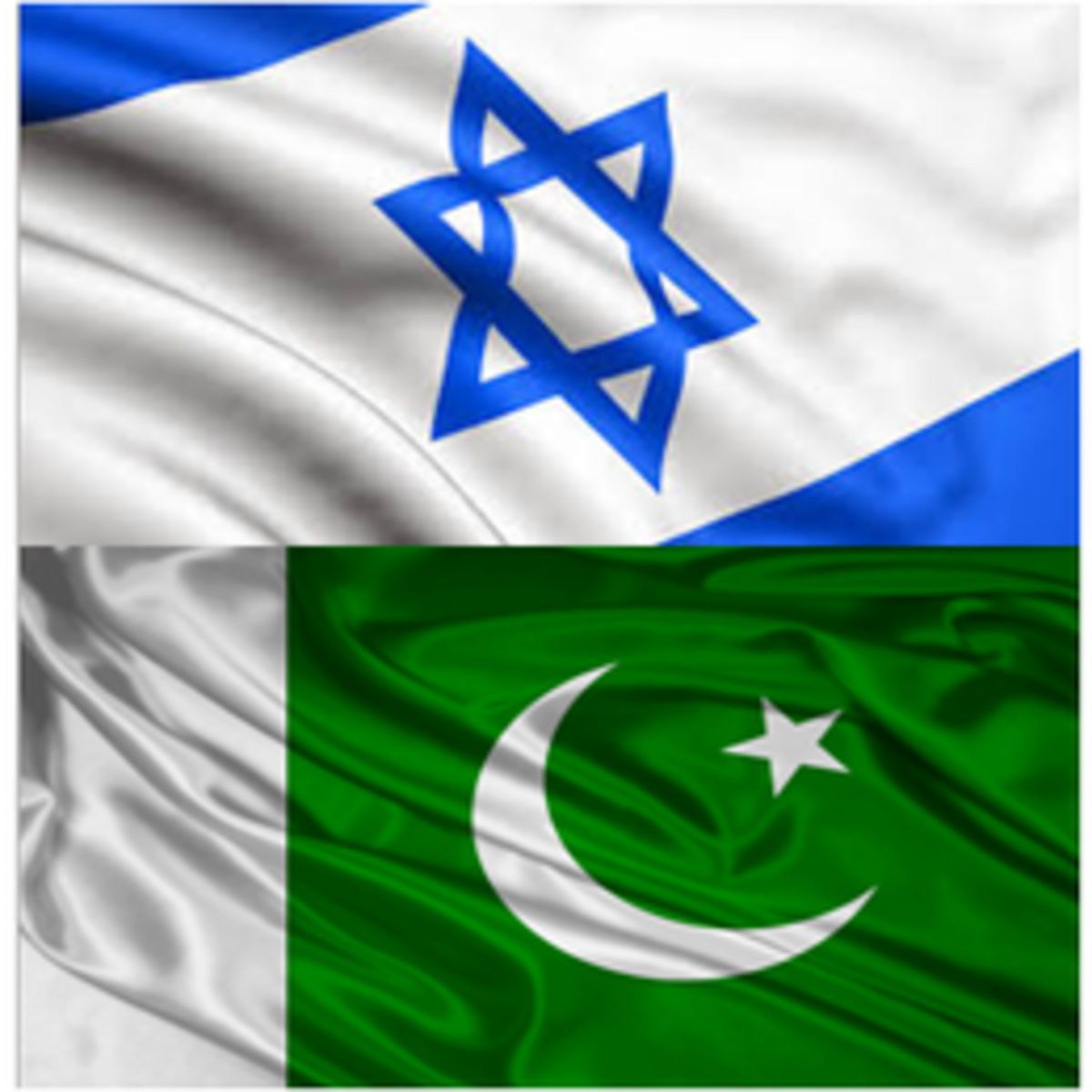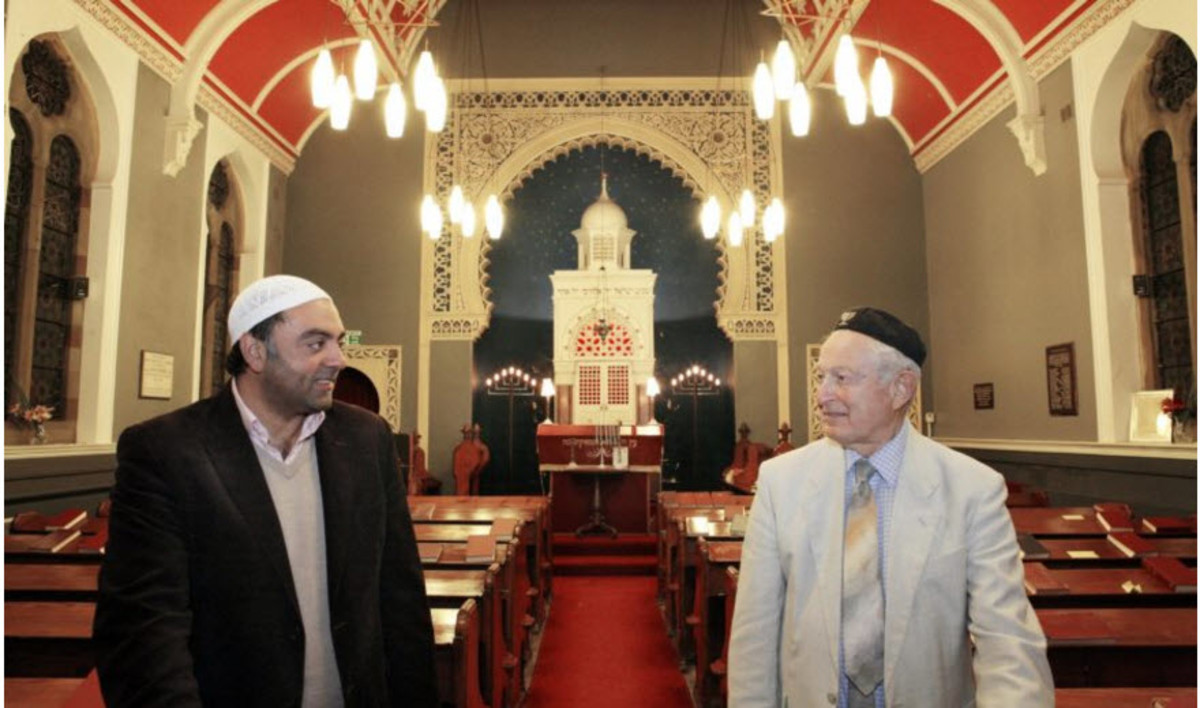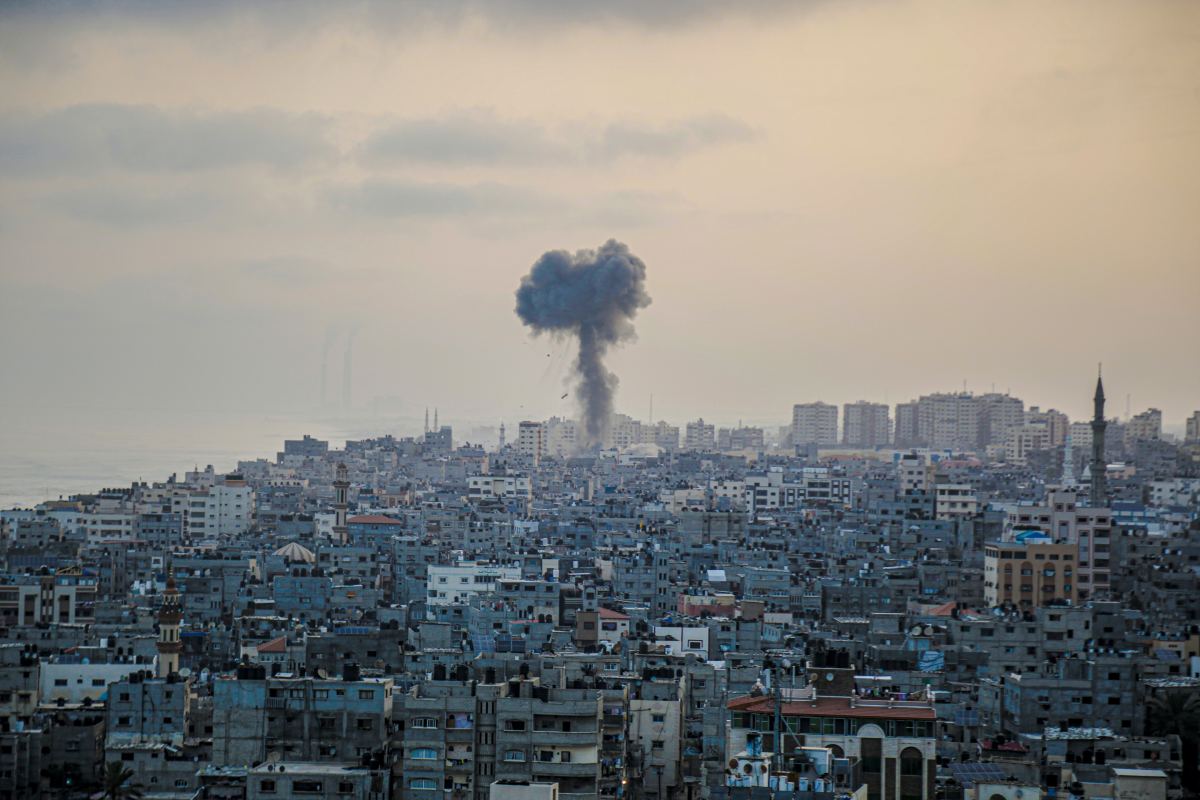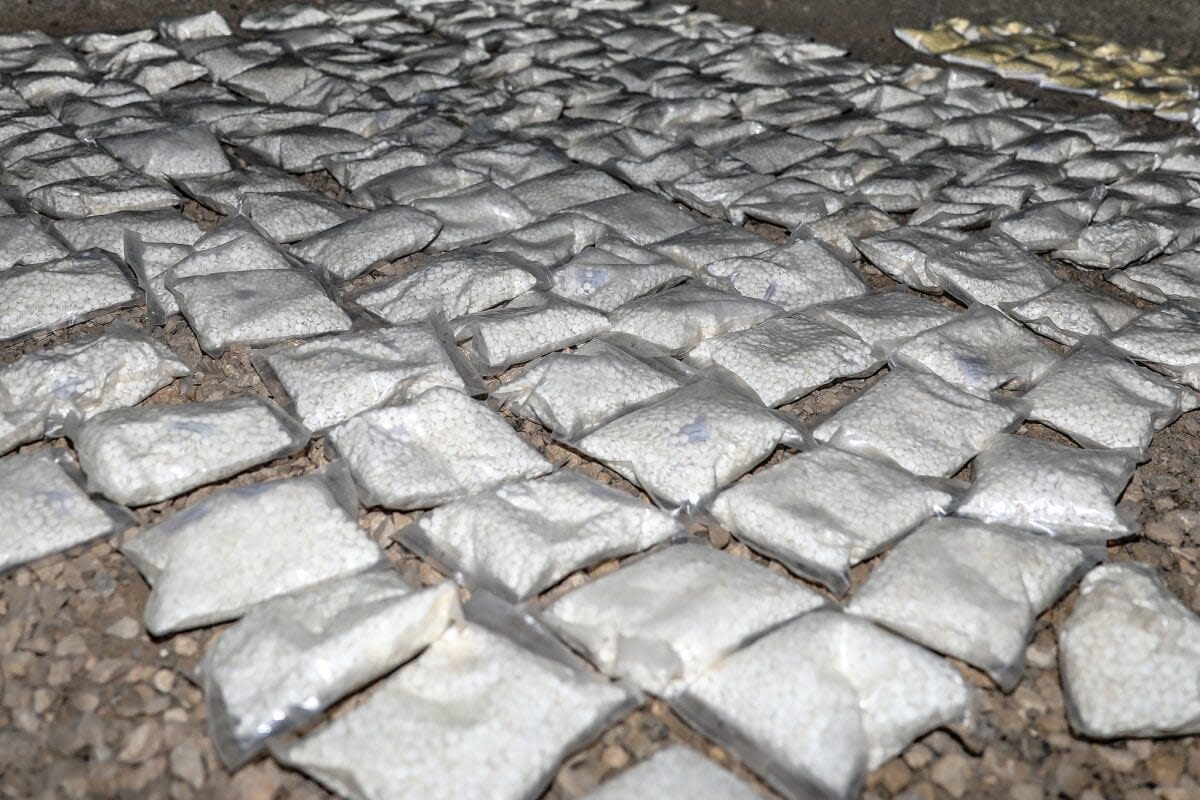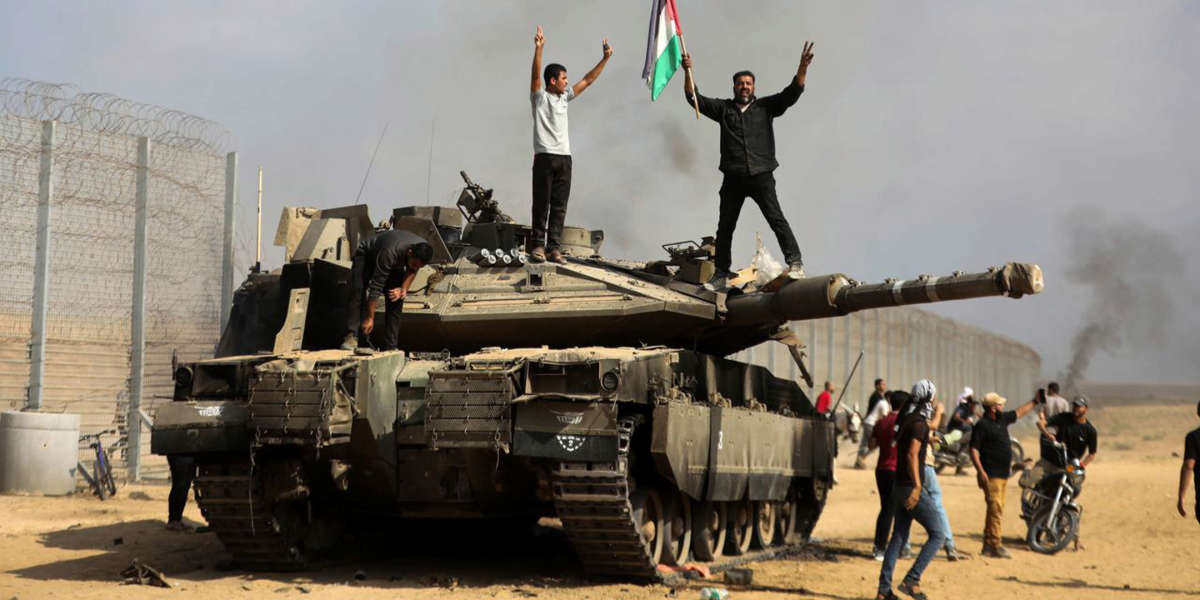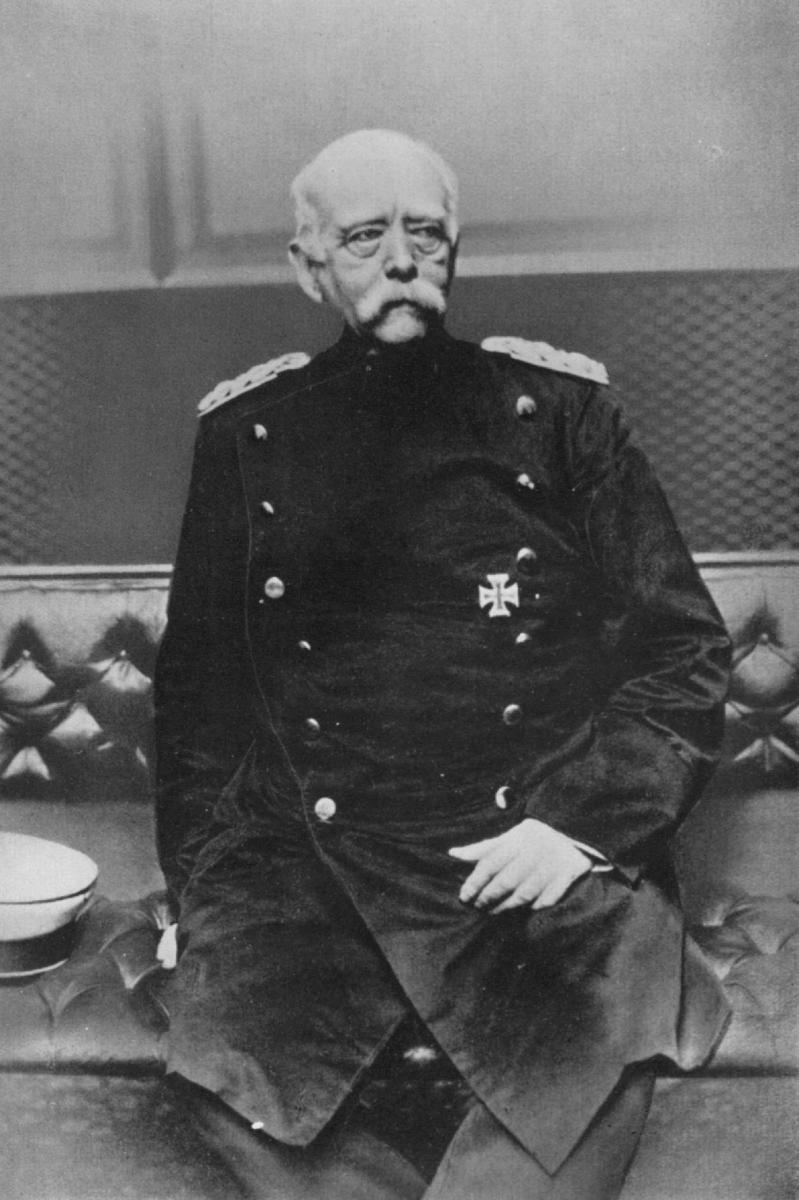Hamastan- A Terror State
Six Days of War
June of 1967 was a defining moment for the young state of Israel. Surrounded by enemies vowing their destruction, the Israelis took matters into their own hands and struck first in one of the most daring military operations of all time. After six days of intense combat, Israel found itself in possession of a vastly expanded territory. From Egypt, Israel seized the Sinai Peninsula and Gaza strip, the Golan Heights from Syria, and Judea and Samaria (The West Bank) - including the old city of Jerusalem - from Jordan.
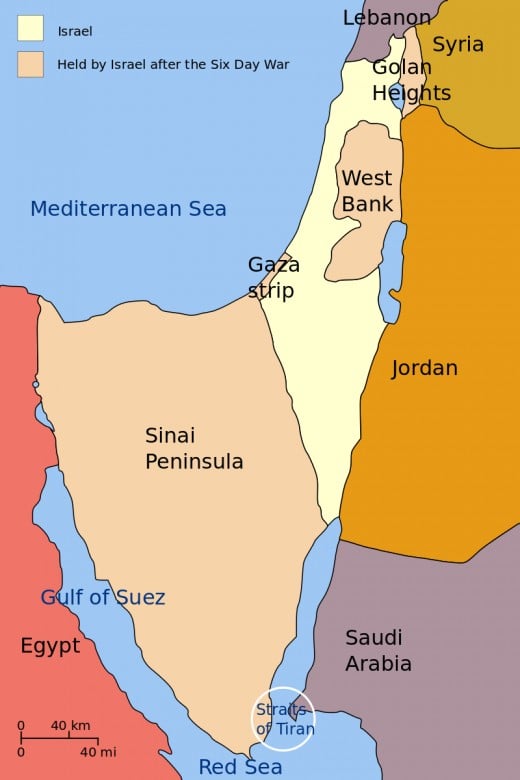
The Three No's
After the Six Day War, the Arab league met in Khartoum and issued their famous 3 no's as a response to Israeli attempts to make peace.
- No to recognition
- No to negotiations
- No to peace
Land For Peace
Immediately after the war, Israel adopted a policy of "land for peace". Under this scenario, Israel would agree to return the territories conquered during the war in exchange for peace treaties and diplomatic normalization with her hostile neighbors. The Arab world rejected Israel's overtures, still hoping that one day they would be able to defeat Israel and wipe it from the map.

Gush Katif
By the early 1970s, Israeli civilians started to settle the land that Israel had conquered from the Arabs. In the Gaza Strip, 21 Jewish communities were built, the largest being Gush Katif. The area became known for its agriculture, exporting fruits and vegetables throughout the world. At first, the relations between the new Jewish settlers and the local Arab population were good. The Jews shopped in the Arab markets in Gaza City, and were friendly with their Palestinian neighbors. They did business together, played sports together, and argued over who makes the best hummus. The Israeli presence in Gaza lasted for nearly four decades until, in 2005, Israel unilaterally withdrew all civilians and soldiers in the strip in what is known as the disengagement plan.
Peace With Egypt
Their staggering defeat in 1967 wounded Arab pride. With the assistance of the Soviet Union, Egypt and Syria quickly rebuilt - and improved - their military capabilities. In 1973, on Yom Kippur (the holiest day on the Jewish calendar), they launched a surprise attack. Egyptian troops crossed the Suez Canal and started pushing into Sinai. Israel, caught off guard, instituted a general mobilization in order to try to push back the invading armies. In the early days of the war, the IDF took heavy casualties and Israel seemed on the verge of losing. Then Prime Minister ordered the activation of Israel's nuclear arsenal - her weapon of last resort. Almost miraculously, the tide began to turn. The IDF launched a counterattack and pushed the Arab armies back to their pre-war positions.
Despite not regaining any of their lost territory, Egypt and Syria presented the Yom Kippur War (called the October War or Ramadan War in Arabic) as a victory. In the successful crossing of the canal, Egypt restored the pride of the Arab world. On the heels of his great "victory", Anwar Sadat, the Egyptian president, decided it was time to make peace. He came to Jerusalem to meet with Israeli government officials and even spoke before the Knesset. By the Camp David accords of 1979, Israel and Egypt agreed to a peace treaty. Israel would withdraw its military and civilians from Sinai and return it to Egypt. The Israeli government also tried to return the Gaza strip to Egypt, but Egypt refused, leaving Israel responsible for the territory's administration.
Relations Turn For The Worse
In 1987, a Jewish settler was stabbed in the Gaza market. Not long after, an Israeli truck crashed into a Palestinian car, killing all four occupants. Demonstrations and riots quickly spread throughout the Gaza Strip and the West Bank. This was the beginning of the First Intifada - popular Palestinian uprising. Arch-terror group, Hamas, who rules the Gaza Strip today, was founded during this uprising. This was a period marked by stone throwing by Palestinian youths against Israeli civilians and soldiers. Thousands of extra soldiers were deployed to Gaza to protect the Israeli settlers there. Movement inside the strip- and crossing into Israel proper- were heavily restricted. In 5 years of violence and clashes, around 160 Israelis and 2,000 Palestinians were killed (nearly half of the Palestinians were killed by other Palestinians who accused them of collaborating with Israel). The signing of the Oslo Accords by Yitzhak Rabin and Yasser Arafat is largely considered to be the end of the First Intifada.
The Oslo Accords were followed by nearly a decade of high hopes. Many Israelis and Palestinians thought that their long conflict was finally coming to an end. They were wrong. In 2001, a second uprising broke out. This Second Intifada would be far more deadly that the previous one.
Hamas
Founded in 1987 as an offshoot of Egypt's Muslim Brotherhood, Hamas is an Islamist Palestinian political and terrorist organization that is devoted to Israel's destruction. They have committed numerous attacks resulting in the deaths of many Israelis. After winning Palestinian elections, and overthrowing their rival Fatah party, Hamas has ruled the Gaza Strip since 2006.
Suicide Bombers, the New Form of Terror
With the start of the Second Intifada in 2001, Israelis found themselves having to deal with a new kind of fear. Terrorists from the West Bank and Gaza Strip launched a campaign of suicide bombings against Israeli civilians. Nearly every day, another bus or cafe exploded. Casualties skyrocketed. In 2002, following the Passover massacre, a particularly deadly bombing at a holiday celebration in Netanya, Israel's Prime Minister, Ariel Sharon, decided to take action. He authorized Operation Defensive Shield, a crackdown on Palestinian terrorist organizations. Sharon also started the construction of Israel's controversial security barrier. By 2005, the violence had largely been reduced. And Sharon, the warrior, turned his thoughts towards peace.
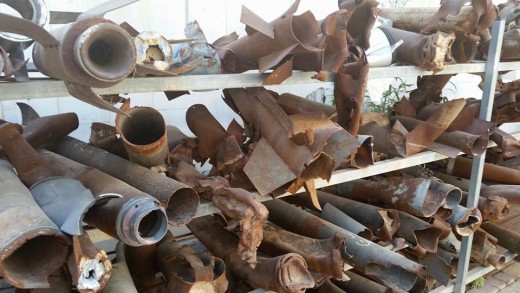
Rockets
In the Gaza Strip, in 2001, Hamas unleashed a new tactic in its war against Israel: homemade rocket attacks against Israeli towns. The so-called Qassam rockets, manufactured in Gaza, were fired, in conjunction with mortars on Israeli settlements in and near Gaza. Since the 2005 disengagement, rocket fire has only intensified, notably in the town of Sderot in the Negev. With time, their rocket arsenal has improved and now threaten Israel's major population centers of Tel Aviv and Jerusalem.
Disengagement
In 2005, Israel unilaterally undertook its disengagement plan. Under this plan, Israel evacuated its military and civilian presence from the Gaza Strip and turned over control to the Palestinian Authority. The plan was very controversial in Israel, with some seeing it as a bold move for peace, and others seeing it as a surrender to terrorism and a move that risked the security of the nation. The Israeli army had to forcibly remove nearly 10,000 Israeli settlers from their homes. By September of 2005, there were no more Jews in Gaza.
In 2006, Hamas won the Palestinian elections in place of the more moderate Fatah. A Palestinian civil war erupted that left Hamas in control of Gaza and Fatah in control of the West Bank. Israel imposed a military blockade on Gaza to prevent the acquisition by Hamas of additional military supplies.
What Do You Think
Did Israel make a mistake by unilatteraly withdrawing from Gaza in 2005?
Elections
In 2006, at the request of U.S. President, George W. Bush, Israeli Prime Minister, Ariel Sharon, reluctantly agreed to allow the Palestinians to hold elections. The "moderate" Fatah party was soundly defeated, with Hamas winning a plurality. A bloody civil war erupted that left Hamas ruling the Gaza Strip, and Fatah controlling the West Bank. Hamas rule in Gaza led to a naval and land blockade on the strip by Israel and Egypt to prevent weapons smuggling.
Gilad Shalit
In the summer of 2006, Hamas operatives launched a raid against an Israeli Merkava tank along the Gaza border. Using a tunnel under the border, Hamas caught the tank crew by surprise, firing a rocket propelled grenade at their vehicle. Two IDF soldiers were killed, and two wounded, in the attack. An additional soldier was captured by Hamas and brought back to Gaza. His name was Gilad Shalit.
Gilad Shalit became a household name in Israel in the time following his capture. Many campaigns, petitions, and demonstrations littered the country and even spread abroad. The entire nation was caught up in the fate of this boy. Shalit spent 5 years in Hamas captivity. He was denied visits from the Red Cross and communication with his family- both requirements of the Geneva Convention for the treatment of Prisoners of War. Finally, in 2011- under heavy pressure to bring Shalit home at any cost- Israeli Prime Minister, Binyamin Netanyahu, agreed to a prisoner exchange. Israel would release over a thousand convicted terrorists from her prisons, and Gilad Shalit would come home. The country rejoiced. "No price is too high to bring back our children." Is that true?
Despite bringing Shalit home, the exchange had some serious flaws. Many of the terrorists released by Israel have returned to their terrorist activities. Even more frightening is the precedent set vis a vis terrorist organizations. The kidnap, and effective ransoming, of IDF soldiers has been validated as a tactic. Attempts to capture Israeli soldiers have skyrocketed.
War Crimes
Hamas has been known to use illegal tactics in conflicts against Israel. Mosques and schools are turned into terrorist arsenals- stockpiled with Qassam and Grad rockets. They order civilians, especially children, onto the roof of their command centers- in the knowledge that Israeli forces are likely to abort any attack if they see non-combatants present. Hamas uses ambulances to transport its fighters around the battlefield and fights without a uniform. Israel has to cope with this reality- and has been credited by many experts as being the most ethical army in the world that has to deal with these kind of situations. Sometimes, however, noncombatants, including children, are killed. This is a result of the double Hamas war crime of firing against Israeli civilians while hiding behind Palestinian civilians.
Cast Lead
In December of 2008, in response to increased rocket fire from the Gaza Strip, Israel launched a major ground and air military operation against Hamas in Gaza. Israel called this operation Cast Lead. Its stated goals were to prevent rocket fire against Israeli civilians and to stop weapons smuggling from Egypt. It was also hoped that this operation could lead to a return of Gilad Shalit.
Cast Lead lasted for 3 weeks and saw Israeli forces capture strategic territory in Gaza, in particular the Philidelphi Corridor, located along the Egyptian border. Over 1,000 Gazans were killed in the operation- around 70% of them were members of Hamas or other terrorist organizations. Thirteen Israeli civilians and soldiers also lost their lives- 4 from "friendly fire". This disparity on the death toll lead to a widespread, if unfair, condemnation of Israel for the disproportionality. The Israeli Defense Forces were accused in international forums of committing war crimes- and even crimes against humanity. Many soldiers who served in Gaza found themselves unable to travel abroad.
Operation Cast Lead ended in January of 2009, with Israel declaring a unilateral cease fire. Gilad Shalit was not brought home.
The United Nations appointed South African Judge, Richard Goldstone, to investigate accusations of war crimes during Operation Cast Lead. The report, titled the Goldstone Report, accused both Israel and Hamas of various war crimes- including the intentional targeting of civilians. Israel dismissed the report as biased- the UN having a known prejudice against Israel. As is customary, under international law, Israel conducted an internal investigation- independent of the army and the government- into the conduct of the army during Cast Lead. While individual incidents of abuse were found, there was no policy of collective punishment or targeting of civilians. Soldiers who did cross the line were prosecuted. Richard Goldstone, presented with this additional information, retracted his earlier claims about Israel from the report. Hamas, however committed very serious crimes.
2014 Rocket Attack on Tel Aviv
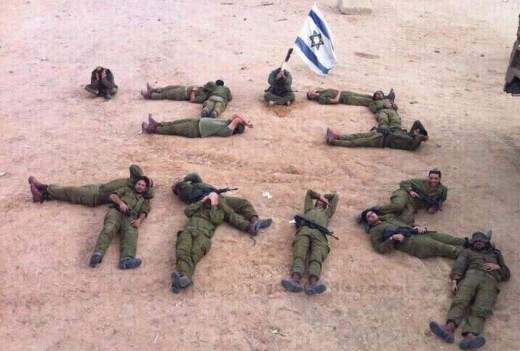
Pillar of Defense
By 2012, the rocket attacks from Gaza had increased again, and Israel launched a strike killing Ahmed Jabari, the head of the Hamas rocket operations. Hostilities escalated, leading Israel to declare her second major military operation in Gaza- Operation Pillar of Defense.
During eight days of conflict, The Israeli Air Force struck 1,500 terrorist targets in the Gaza Strip. The IDF issued call-up orders to tens of thousands of reserve soldiers in anticipation of an expected ground operation. Hamas escalated rocket attacks against Israeli population centers- targeting, for the first time, her two largest cities, Tel Aviv and Jerusalem. The operation had unprecedented popularity on the Israeli street, with a solid majority of Israelis supporting an expanded operation that would finally end the rocket strikes from Gaza for good. Instead, Israel agreed to another cease fire with Hamas, negotiated by Egypt and the United States. Hamas was given the opportunity to regroup and re-arm for the next round of hostilities.
The cease fire was widely criticized in Israel as a surrender. A viral photograph told the whole story- Israeli soldiers, in full battle gear- laid on the ground, spelling out "Bibi is a Loser" with their bodies (Bibi is the nickname of Israeli Prime Minister, Binyamin Netanyahu). The sentiment was largely shared by the Israeli public.

